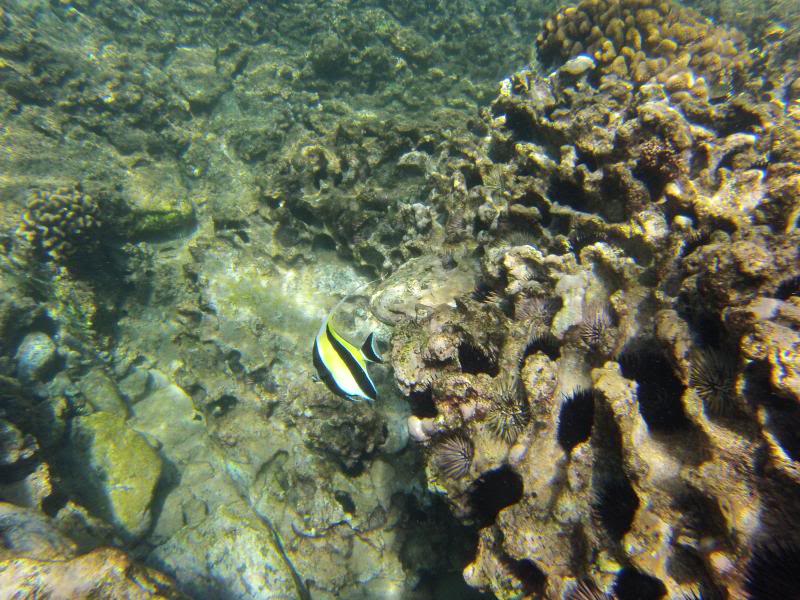Yes, my thoughts are to not add or remove anything, as I said, it is natural and you don't want to have to start one of those "Getting out of the Hobby threads" where you quit this and go on to be a manager of Burger King running the French Fry machine. This will pass as long as you don't mess with it. Trust me I did the same thing. Only in those days me and Moses only had Mhyrr and Frankincense which probably raises the pH.
It is normal which is why when I give advice I try to add pictures to prove it. In the sea thousands of tangs and other things would eliminate it in a few seconds. I have been diving since we used bamboo to breath through and have seen it many times. If there was no algae growing on every reef why would tangs be the most prevelent fish in the sea and urchins by the millions. I won't even mention snails, slugs, chitens, algae bleenies and manatees. What do people think those things eat? That won't work in a tank unless you can teach those manatees to poop outside the tank but they don't listen.
Look closely at this picture. No, not the Moorish Idol as they are the most common fish in the South Pacific. Look in the holes. You will see a sea urchin in every hole and if you dove there at night you would see so many urchins that you would not see the rocks. They are not eating McDonalds. They are eating algae. Algae is everywhere and one of the things that makes the reef healthy. If it were not for algae all the tangs, urchins etc, would croak.
Algae also makes oxygen. Your Mother breathes oxygen and if it were not for algae making oxygen your Mother would never have been born and if she wasn't born, you probably would not have been born.
Do not add or remove anything, go out to lunch.

It is normal which is why when I give advice I try to add pictures to prove it. In the sea thousands of tangs and other things would eliminate it in a few seconds. I have been diving since we used bamboo to breath through and have seen it many times. If there was no algae growing on every reef why would tangs be the most prevelent fish in the sea and urchins by the millions. I won't even mention snails, slugs, chitens, algae bleenies and manatees. What do people think those things eat? That won't work in a tank unless you can teach those manatees to poop outside the tank but they don't listen.
Look closely at this picture. No, not the Moorish Idol as they are the most common fish in the South Pacific. Look in the holes. You will see a sea urchin in every hole and if you dove there at night you would see so many urchins that you would not see the rocks. They are not eating McDonalds. They are eating algae. Algae is everywhere and one of the things that makes the reef healthy. If it were not for algae all the tangs, urchins etc, would croak.
Algae also makes oxygen. Your Mother breathes oxygen and if it were not for algae making oxygen your Mother would never have been born and if she wasn't born, you probably would not have been born.
Do not add or remove anything, go out to lunch.



















